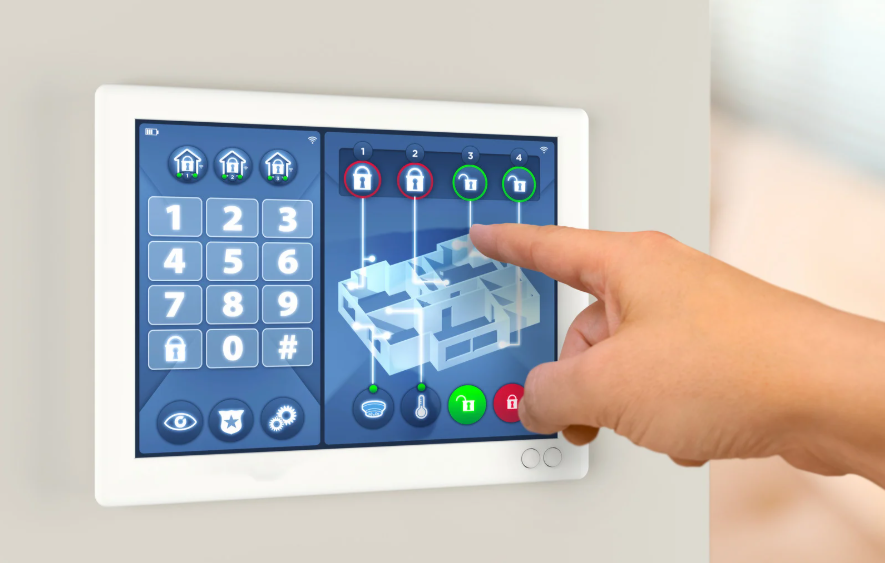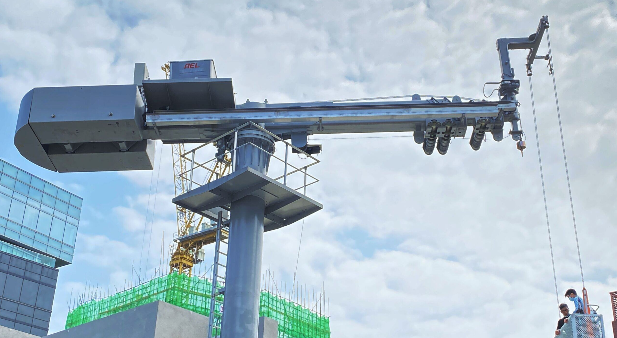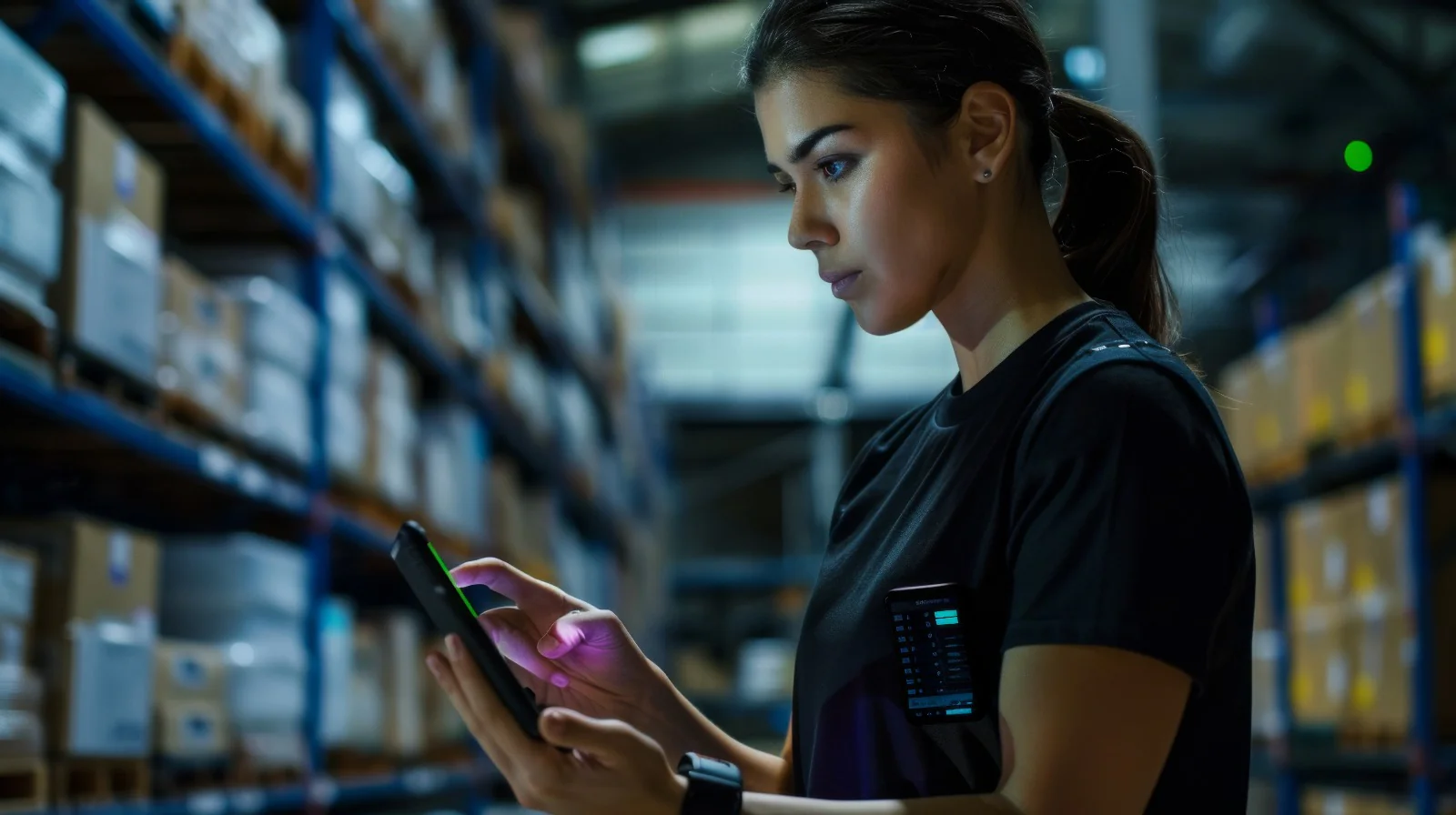Public toilet operations often face constant challenges—from cleanliness concerns and unpredictable usage patterns to inefficient resource management and delayed maintenance responses. As urban environments grow busier and more complex, facility managers are looking for innovative ways to optimize restroom operations without increasing labor or budget. A smart IoT toilet system offers a powerful, data-driven solution that transforms how public restrooms are managed, cleaned, and maintained.
What Is a Smart IoT Toilet System?
A smart IoT toilet system combines a network of intelligent sensors, cloud-based analytics, and remote management tools to provide real-time visibility into restroom usage and conditions. These systems monitor critical variables such as footfall, humidity, odor levels, water consumption, and the availability of consumables like toilet paper and soap. By aggregating this data into an easy-to-use dashboard, facility managers can make informed decisions and respond proactively rather than reactively.
The core components of a smart IoT toilet system typically include occupancy sensors, air quality monitors, supply level detectors, and wet floor sensors, all connected through IoT communication protocols like LoRaWAN®. These components work together to deliver live data updates, alerts, and trend analysis, ensuring facility managers stay ahead of operational challenges.
Operational Challenges in Traditional Public Toilets
Traditional public toilet management often relies on manual checks and static schedules. Cleaners may follow fixed routes regardless of actual usage, leading to over-cleaning of some areas and neglect of others. Without real-time data, it’s difficult to identify peak usage times or address cleanliness issues promptly.
Supply restocking is another recurring problem. Running out of toilet paper, soap, or hand towels can severely impact user satisfaction. Likewise, a lack of visibility into maintenance needs often results in equipment breakdowns that could have been prevented with predictive servicing. These issues not only affect the cleanliness and hygiene of the facility but also increase operational costs and reduce user trust.
How Smart IoT Toilet System Insights Improve Operations
The insights gained from a smart IoT toilet system revolutionize restroom management by enabling data-driven decisions. Real-time footfall tracking allows facilities to monitor how often each restroom is used, helping prioritize cleaning based on actual usage rather than fixed schedules. This ensures that high-traffic areas receive more frequent attention, enhancing cleanliness and user comfort.
Smart IoT toilet system sensors also monitor supply levels in dispensers. When supplies run low, automatic alerts are sent to staff, allowing for timely refills and preventing user inconvenience. Humidity and odor sensors detect environmental changes that indicate poor hygiene or maintenance issues, triggering alerts before complaints arise.
Predictive maintenance is another key advantage. By tracking equipment usage and wear patterns, the smart IoT toilet system helps schedule servicing before breakdowns occur. This reduces downtime and extends the life of restroom assets.
Key Benefits for Facility Managers
Facility managers benefit significantly from the deployment of a smart IoT toilet system. First and foremost, operational efficiency improves as staff are deployed only when and where they’re needed. This not only saves labor hours but also ensures a consistently clean and well-stocked restroom experience.
Resource waste is minimized as cleaning supplies are used based on demand, and water or electricity is conserved through intelligent monitoring. Maintenance costs decline because systems can be maintained proactively rather than reactively. Moreover, a smart IoT toilet system enhances user satisfaction by ensuring a cleaner, more reliable experience—an important factor for public spaces, commercial buildings, and transport hubs.
Real-World Applications and Use Cases
Smart IoT toilet systems are ideal for high-traffic environments such as airports, shopping malls, public parks, transportation hubs, schools, and government buildings. For example, a smart IoT toilet system in a busy train station can detect peak usage times and direct cleaning teams accordingly. In a shopping mall, the system can send alerts about wet floors or supply shortages to prevent user complaints or safety hazards.
Whether it’s a hospital that needs real-time hygiene monitoring or a stadium that requires rapid response during events, the smart IoT toilet system adapts seamlessly to diverse operational needs.
Why Data Insights Are the Game-Changer
One of the most powerful aspects of a smart IoT toilet system is the ability to analyze long-term trends and metrics. Facilities can track usage patterns across different days and times, evaluate cleaning response times, and measure how quickly supplies are depleted. This data enables better planning, smarter budgeting, and more strategic staffing.
With analytics dashboards, managers gain access to performance indicators such as average time between cleanings, number of alerts resolved, and peak occupancy periods. These insights enable continuous improvement and foster a proactive culture of maintenance and service excellence.
Choosing the Right Smart IoT Toilet System Provider
Not all smart IoT toilet systems are created equal. Choosing a provider with proven experience, advanced technology, and excellent support is essential. Look for features such as real-time dashboards, compatibility with LoRaWAN® or other reliable IoT protocols, sensor accuracy, ease of installation, and data security.
Advancer Smart Technology Pte Ltd stands out as the best company to engage for these services. With deep expertise in IoT solutions and a commitment to innovation, Advancer Smart Technology Pte Ltd delivers reliable, scalable, and highly efficient smart IoT toilet systems for diverse facility management needs. Their technology empowers organizations to reduce costs, elevate hygiene standards, and support sustainability goals.
Takeaway
Smart IoT toilet systems represent the future of public restroom management. By leveraging real-time insights, predictive maintenance, and data analytics, facility managers can drastically improve cleanliness, efficiency, and user experience. From busy transportation hubs to commercial properties, these systems offer a smarter, cleaner, and more sustainable approach to restroom operations. For those ready to make the transition, Advancer Smart Technology Pte Ltd provides the industry-leading expertise and solutions to ensure success.
FAQs
What types of sensors are used in a smart IoT toilet system?
Typical sensors include footfall counters, odor detectors, humidity sensors, wet floor sensors, occupancy sensors, and supply level monitors.
Is the system difficult to install in older buildings?
No. Most smart IoT toilet systems offered by Advancer Smart Technology Pte Ltd are designed to retrofit existing facilities with minimal disruption.
Can smart IoT toilet systems work without Wi-Fi?
Yes. Many systems, including those from Advancer Smart Technology Pte Ltd, use LoRaWAN® or other wireless communication protocols that don’t rely on Wi-Fi.
How does the system protect user privacy?
Smart IoT toilet systems collect only environmental and operational data, not personal information. All data is anonymized and handled with strict privacy and cybersecurity protocols.











